This katana from Hanwei draws its thematic inspiration from Tokugawa Ieyasu, the first Shogun of the Tokugawa Shogunate and one of the the three “Great Unifiers” of Japan alongside Oda Nobunaga and Toyotomi Hideyoshi. The blade is forged from tough T10 high carbon steel which has been clay-tempered in the traditional manner to possess a genuine hamon of hardened 60 Hrc steel and a shock absorbing spine of 40 HRc. The sword is quite responsive and quick on the strike due to its long and deep bohi groove which reduces weight with little loss of overall durability. The blade was finished with a fine quality polish which brings out and highlights the natural hamon of the blade edge.
The tsuba, fuchi and kashira display Tokugawa himself with excellent detailing picked out in silver and gold. The habaki and seppa are crafted from brass and the wooden tsuka has fitted panels of geuine rayskin. The grip is bound in black cotton ito cord wrap with the Tokugawa Mon Crest in detailed tightly fitted beneath the knotted cord on both sides. The saya scabbard is well-carved from wood which is finished with a glossy black lacquer finish and a black sageo cord. Included is a wood-boxed Hanwei Japanese sword maintenance kit and an cloth sword bag. Please Note: The design and color of the cloth sword bag can vary
One of the “great unifiers” and legends of feudal Japan, Tokugawa Ieyasu, was a master tactician as well as political strategist. Much can be said of Ieysau for his bold yet prudent quick reactions to seize opportunities, but his long game tactics proved most successful. After years of clever maneuvering and military battles, Ieyasu traded his five home provinces for eight in the Kanto province after conquering them with one of his top rivals Toyotomi Hideyoshi. This ingenious move isolated him from Hideyoshi’s rule and allowed for autonomy in becoming the second most powerful daimyo in Japan. This move spawned the Japanese proverb “Ieyasu won the Empire by retreating.”
After Hideyoshi’s death, Ieyasu became one of the regents in the Council of Five Elders that would rule on behalf of his young son, Hideyori. A year later, one of the oldest and most respected regents dies creating an opportunity for control. Ieyasu takes Osaka Caste, the residence of Hideyori, and infuriates the other regents. At the Battle of Sekigahara he found himself almost outnumbered two to one. But like his deceased friend and ally, Oda Nobunaga, Ieyasu made use of firearms and had some arquebuses smuggled in for the battle along with some added behind the scenes negotiating with some of the daimyo in the Western Army. Ending in complete and total victory, Ieyasu became shogun in March of 1603 which created the Tokugawa shogunate which lasted til 1868 which is referred to as the Edo period.


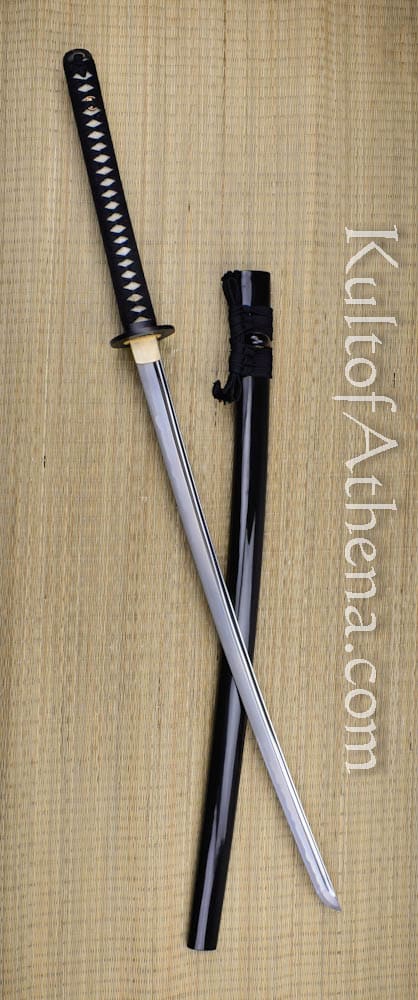
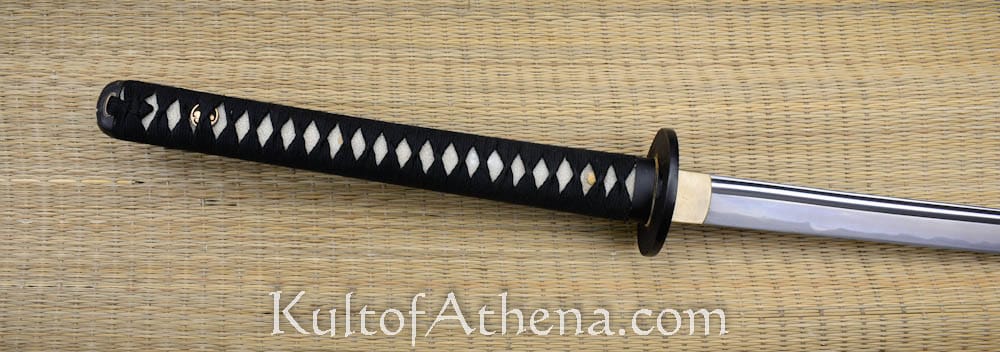
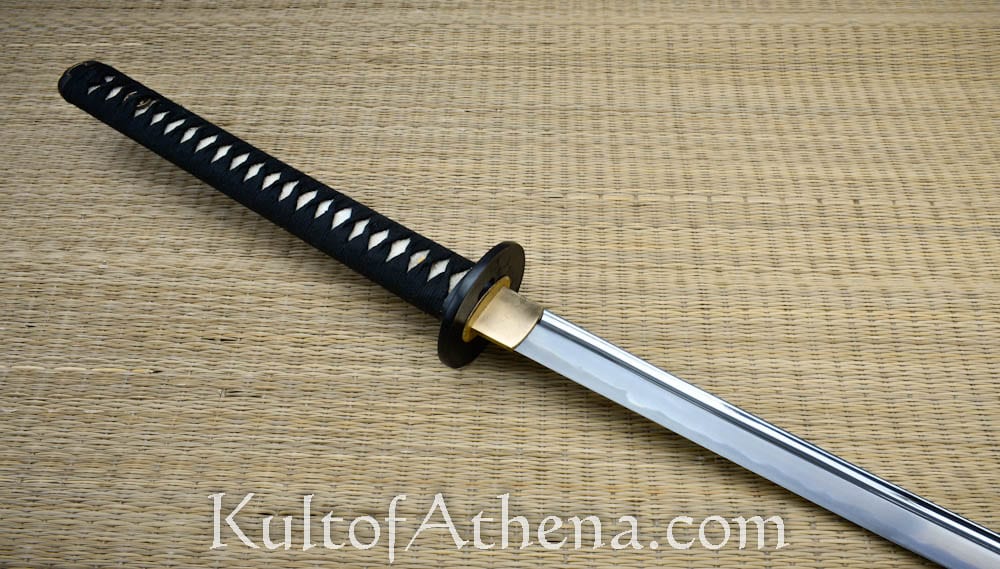

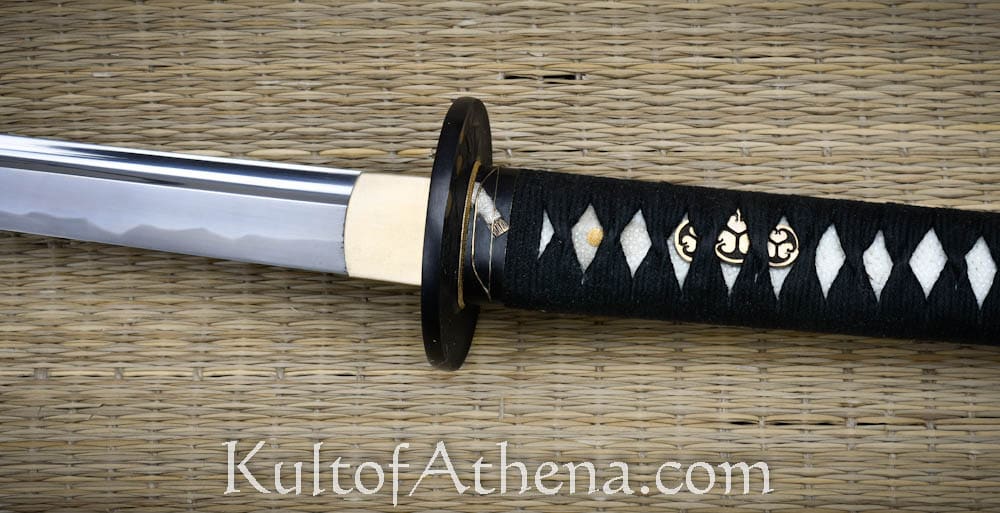
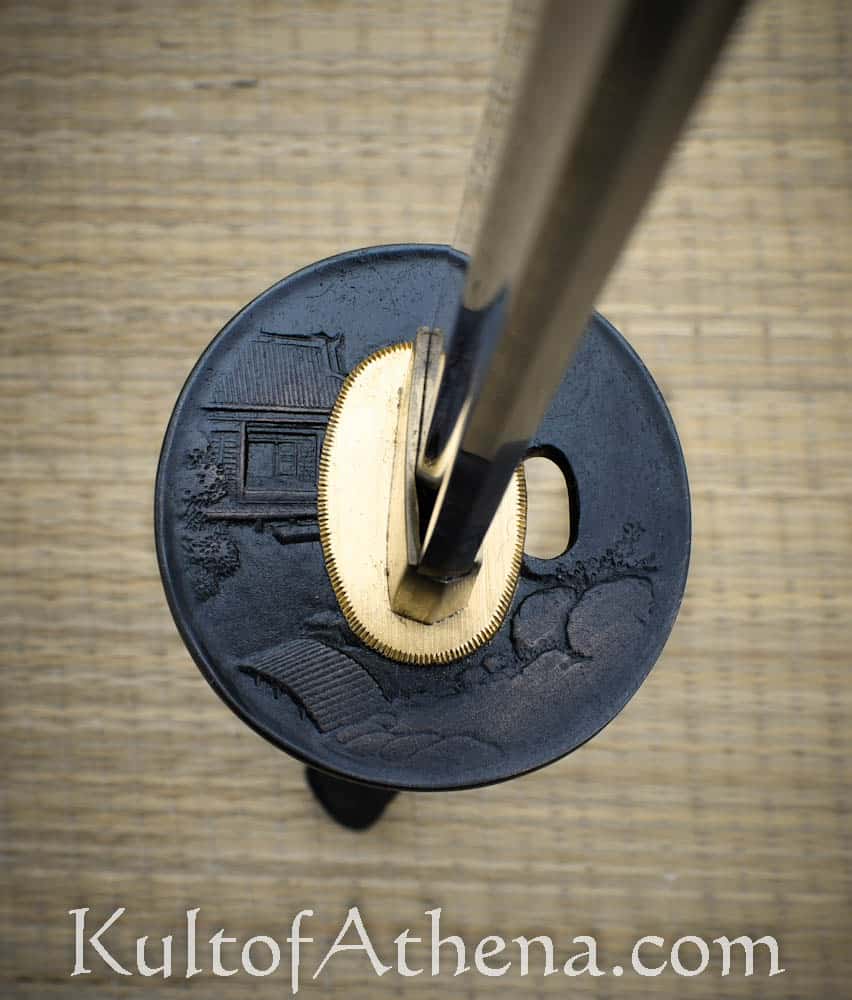
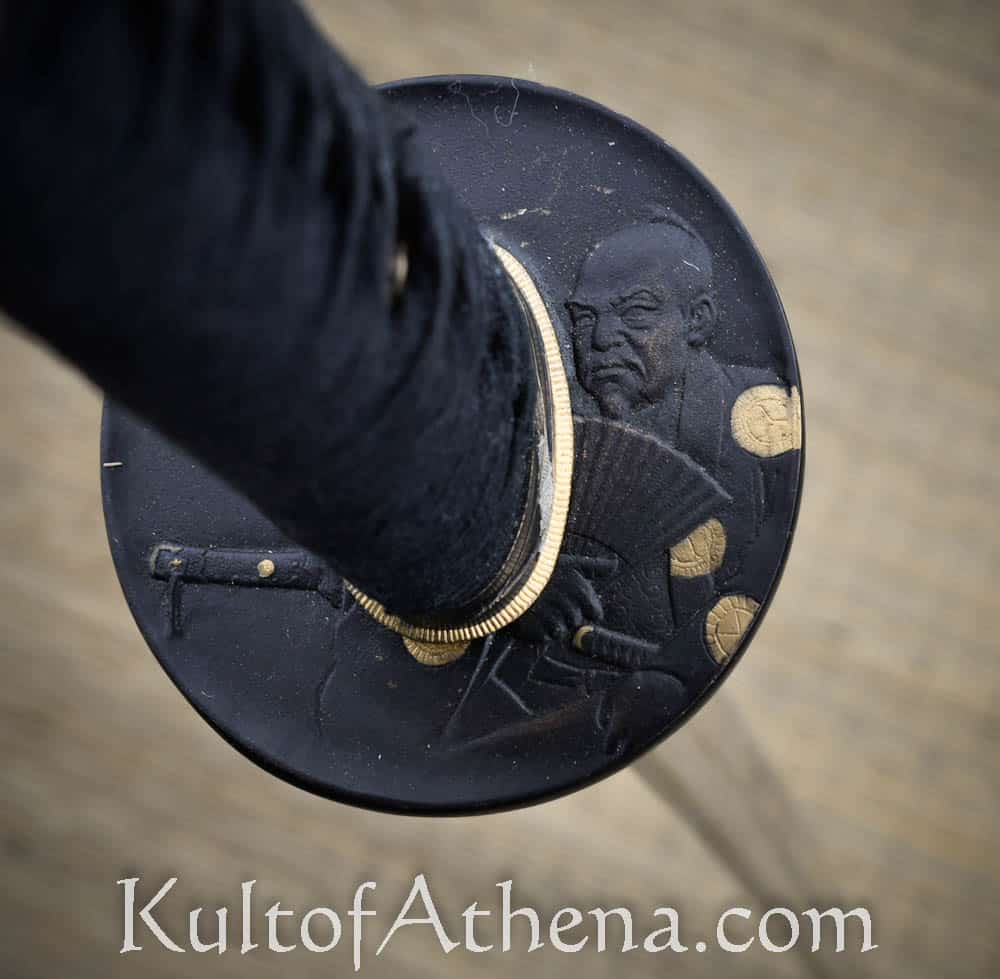
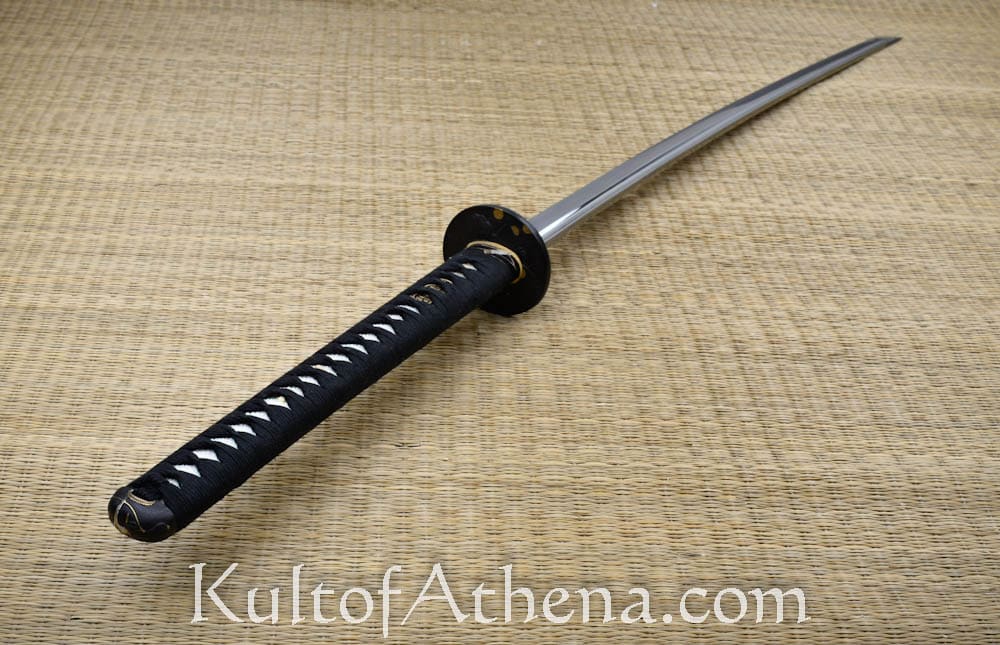
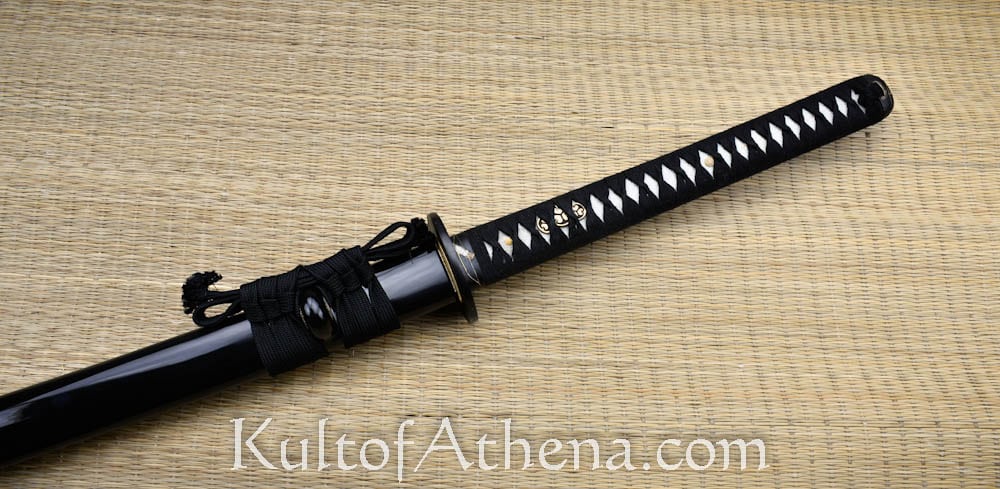
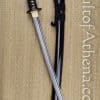
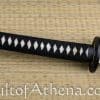
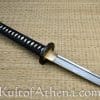
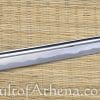
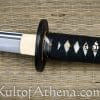
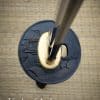

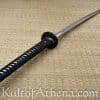
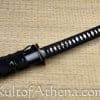
Reviews
There are no reviews yet.